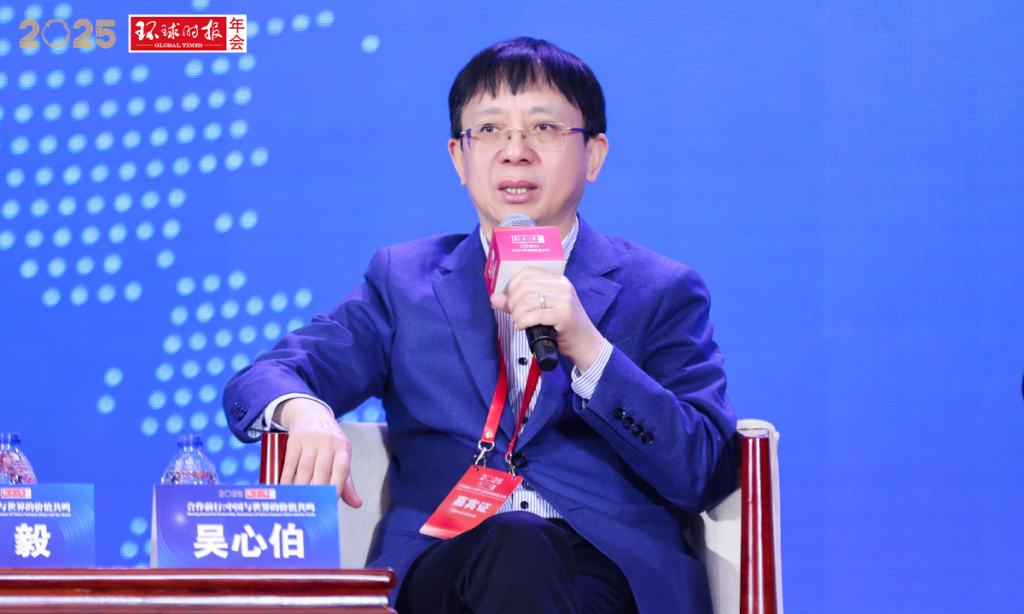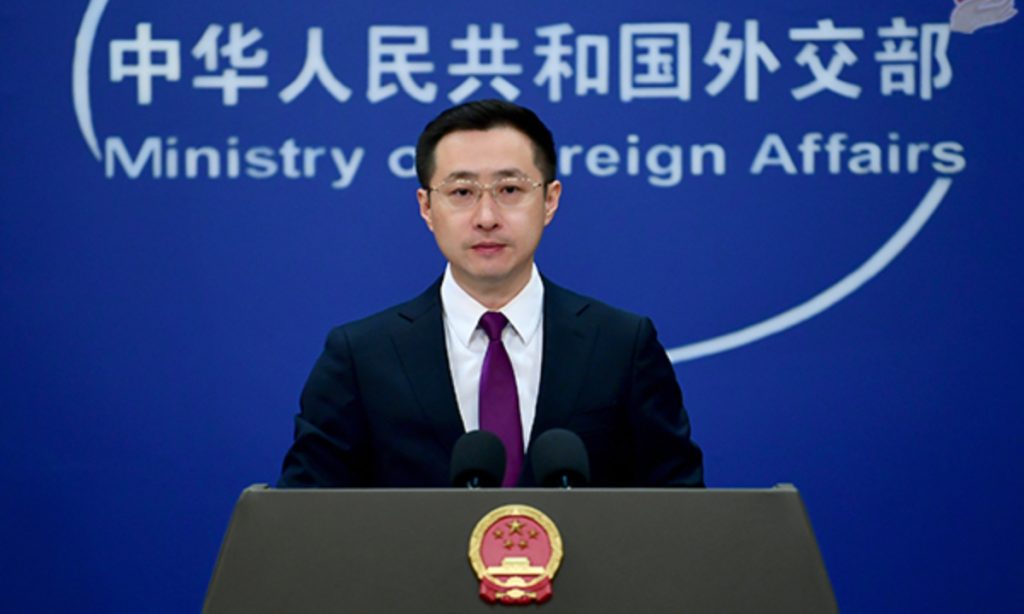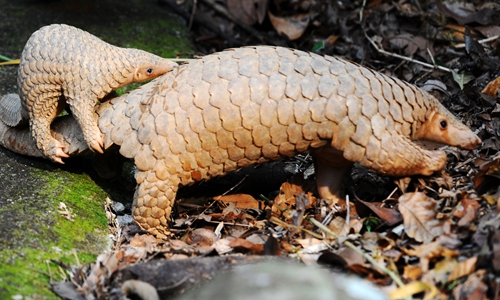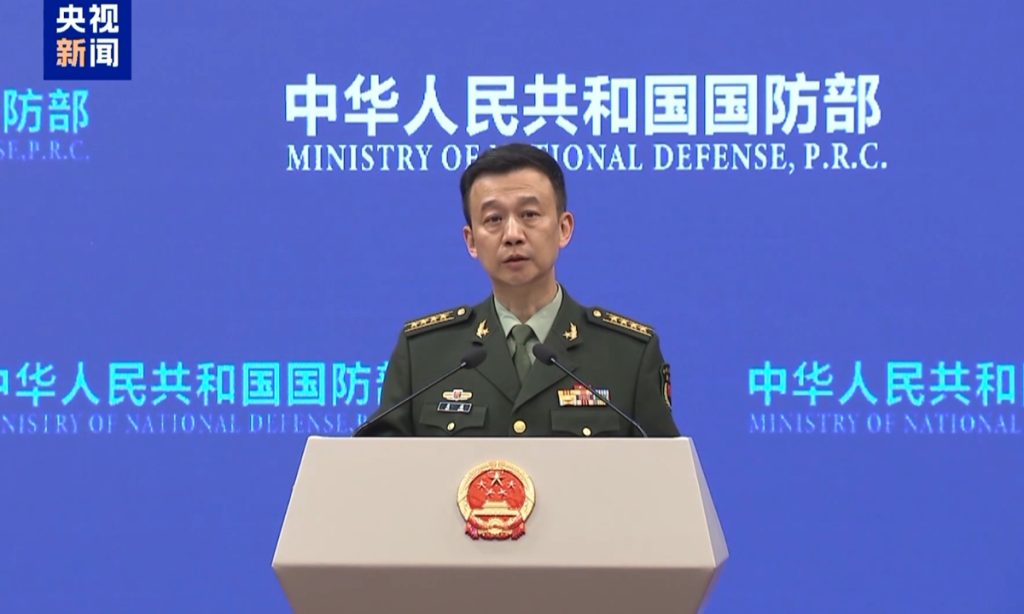One year on, quake-hit Chinese county sees lives, hope restored

One year on, Ma Zhongli still has nightmares about the day his tile-roofed house collapsed.
At 11:59 p.m. on Dec. 18, 2023, a 6.2-magnitude earthquake struck the Bonan-Dongxiang-Salar Autonomous County of Jishishan in northwest China's Gansu Province.
The quake flattened Ma's home, taking with it not only his belongings but also his beloved wife. Across Gansu and neighboring Qinghai Province, over 150 lives were lost in the disaster.
"Even now, the day of the quake remains very clear," said 68-year-old Ma. "But I began to feel that the home I lost in my heart is slowly being rebuilt, piece by piece. Life has to go on."
In just five months, Ma's destroyed property was replaced with a newly built two-story house, complete with modern amenities, including running water, flush toilets, and air-source heat pumps. The cost of rebuilding -- about 200,000 yuan (27,800 U.S. dollars) -- was met thanks to a government subsidy of 75,000 yuan and a 50,000 yuan low-interest loan.
Ma is a perfect example of the county's residents, who are leaving behind their tragic past and starting new lives.
QUICK RECONSTRUCTION
Located at the crossroads of Gansu and Qinghai provinces, Jishishan is home to 280,000 people. It was hit hardest by the December quake, with more than 240,000 people directly affected and over 230,000 houses damaged.
China is among those countries most impacted by natural disasters, and has greatly improved its ability to deal with such crises and the post-disaster reconstruction.
In Jishishan, water, power, transportation and communication services were restored within 18 hours following the quake, while temporary prefab housing for affected residents was largely set up in just 8 days.
The local government launched more than 180 recovery projects in March. "Priority was given to those addressing housing, education and healthcare needs," said Ma Xiaolu, Party chief of the county.
The rebuilding process was anything but easy. Jishishan is nestled among the mountains at a maximum altitude of over 4,000 meters. The area is extremely cold, and since January, the county has seen 129 days of rainfall, including 25 wet days in September alone.
Despite these challenges, the speed of recovery has amazed many.
In some eight months, more than 17,000 workers labored around the clock, completing repairs on 28,927 households, rebuilding homes for 10,080 families on their original sites, and building 10,015 new houses in 13 resettlement areas.
Within 70-plus days, the county completed repairs on 209 schools, while 21 new schools were built in five months.
Relocation is more than just moving into a new home. It's a shift in lifestyle and mindset for residents who once lived in the mountains.
When Xinhua reporters visited the home of 73-year-old Chen Yulan, a resident of Dahe Village, the living room was bathed in sunlight streaming through large windows. It was furnished with a television, refrigerator and other essentials.
"My life has changed so much, and I've been doing my best to adapt, like learning to use a flush toilet and a gas stove," Chen said. "My grandson's school is much closer, and my son found better-paying work nearby."
"Wherever we are together as a family, that's home," Chen said.
"The efficient post-disaster reconstruction shows China's people-centered governance philosophy and institutional advantage of pooling resources to accomplish major undertakings," said Mao Jinhuang, a professor at the School of Economics under Lanzhou University.
Central to this recovery were the efforts of Communist Party of China members, who are often on the front lines during crises. In Jishishan, their active involvement was no exception, Ma Xiaolu said.
From the moment the quake struck, Linxia Hui Autonomous Prefecture, which administers Jishishan, activated its emergency response mechanism without delay. More than 2,600 county and township-level cadres were mobilized to spearhead rescue and reconstruction efforts.
NEW LIVES DESPITE CHALLENGES
Two months ago, Chai Yongzhong, a resident of Shiyuan Village, moved into his new house. Yet uncertainty lingered. What would the source of his income be in the future?
At 49, Chai was once one of the largest sheep farmers in the village. But the earthquake changed everything. His house and mud-brick sheep pen were reduced to rubble, forcing him to sell nearly all his flock.
Jishishan was once considered one of China's most impoverished regions. The local economy has long been fragile, and the earthquake further compounded the difficulties for farmers like Chai.
In response, the county has prioritized industrial transformation in its recovery efforts, focusing on modern agriculture, livestock breeding, and the development of greenhouses.
Next to his new home, Chai built a 95-square-meter modernized sheep pen. With policy subsidies, he received 33,000 yuan to help with the construction, and further support is available to help him restock his herd.
"We'll take it step by step," Chai said with a smile. "Soon, things will get back on track."
A 196-mu (13.07-hectare) cattle-and-sheep breeding center was established in Chenjia Village. The center currently houses 4,250 breeding ewes and 800 cows. It will benefit over 700 relocated families and provide quality livestock to farmers at prices below market rates.
Meanwhile, in Hejia Village, more than 70 steel-framed greenhouses are scattered around. Inside, relocated villagers tend rows of zucchini, cucumbers and melons, many of which have already hit the market.
"Over 30 nearby residents come to work here every day, each earning 100 yuan per day. Once they master the farming techniques, they can apply to lease a greenhouse," said Zhang Tongbiao, who manages the greenhouses.
Ma Zhongli's son now takes on odd jobs nearby, and Ma lives with her daughter-in-law, Ma Gashe, and three grandchildren in their new home. By the window, pots of hydrangeas bloom in vibrant red clusters, while two trees in the yard, pruned and wrapped in insulation strips, stand ready for the arrival of spring.
On her phone, Ma Gashe keeps photos of their old home, with its lush garden that her late mother-in-law lovingly cared for. "I hope this home will also become a place of beauty and life, just like the old one," she said.




